La lectura de cuentos en inglés puede ayudar a los niños a mejorar su vocabulario y su comprensión de un texto en inglés. Para ayudarle a adquirir estas competencias, te presentamos una selección de bonitos cuentos en inglés para niños. Son relatos clásicos y bien conocidos con los que pasarán un buen rato y mejorarán su nivel de inglés.
Long long time ago, in the age of gods and heroes, three horrible sisters lived in the region of Atlas who were known as Gorgons. The most terrible of the three was called Medusa.
From Medusa?s head, instead of hair, living snakes came out. And when Medusa saw the face of a man, dog or living being, the man, the dog and the living being were immediately turned into statues of stone.
During years, a lot of brave and well armed heroes had come to the region of Atlas to kill Medusa. None could kill her. Warriors and warriors were seen in all parts in different attitudes, but motionless and stiff.
Then Perseus, son of Jupiter, came. Perseus knew how dangerous were Medusa?s eyes but he was very well prepared. He had a curved sword a present from god Mercury.
He had a very hard shield made out of bronze and as plain as a mirror. And he had also wings which flied each time that he put them in his hills.
He arrived flying. But instead of throwing himself against Medusa, he remained far only worrying about not looking her to the face, not seeing her eyes under no circumstances.
And as it was necessary to spy her all the time, he used the bronze shield as a mirror to watch all that she was doing.
Medusa was going from one place to another, making efforts to scare Perseus. She cried horrible things and the snakes of her head where moving and whistling furiously. But she never got that Perseus watched her directly.
Tired, she fell asleep. Her terrible eyes closed and little by little, her snakes also fell asleep.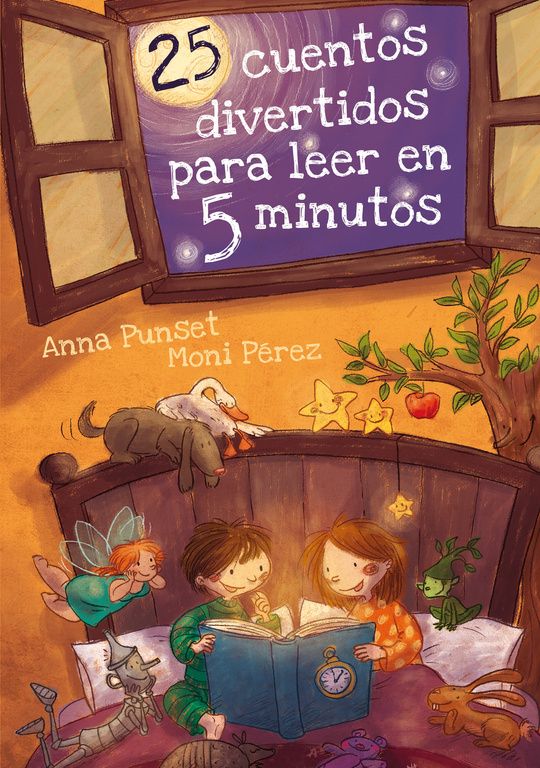 Then Perseus came without making noise and cut her head off with just one cut.
Then Perseus came without making noise and cut her head off with just one cut.
During all his life, he kept Medusa?s head which he used many times to turn his enemies into stone.
Lee el cuento de Perseo y Medusa en español
A dove saw an ant fall into a brook. The Ant struggled in vain to reach the bank, and in pity, the dove dropped a blade of straw close beside it. Clinging to the straw like a shipwrecked sailor to a broken spar, the Ant floated safely to shore.
Soon after, the ant saw a man getting ready to kill the dove with a stone. But just as he cast the stone, the ant stung him in the heel, so that the pain made him miss his aim, and the startled dove flew to safety in a distant wood.
Moral of the fable: a kindness is never wasted.
Fábula de la paloma y la hormiga en español
Once upon a time down on an old farm, lived a duck family, and Mother Duck had been sitting on a clutch of new eggs. One nice morning, the eggs hatched and out popped six chirpy ducklings.
One nice morning, the eggs hatched and out popped six chirpy ducklings.
But one egg was bigger than the rest, and it didn´t hatch. Mother Duck couldn´t recall laying that seventh egg. How did it get there? TOCK! TOCK! The little prisoner was pecking inside his shell.
-“Did I count the eggs wrongly?”
Mother Duck wondered. But before she had time to think about it, the last egg finally hatched.
A strange looking duckling with gray feathers that should have been yellow gazed at a worried mother. The ducklings grew quickly, but Mother Duck had a secret worry.
– “I can´t understand how this uglyduckling can be one of mine!” she said to herself, shaking her head as she looked at her last born.
Well, the gray duckling certainly wasn´t pretty, and since he ate far more than his brothers, he was outgrowing them. As the days went by, the poor ugly duckling became more and more unhappy. His brothers didn´t want to play with him, he was so clumsy, and all the farmyard folks simply laughed at him.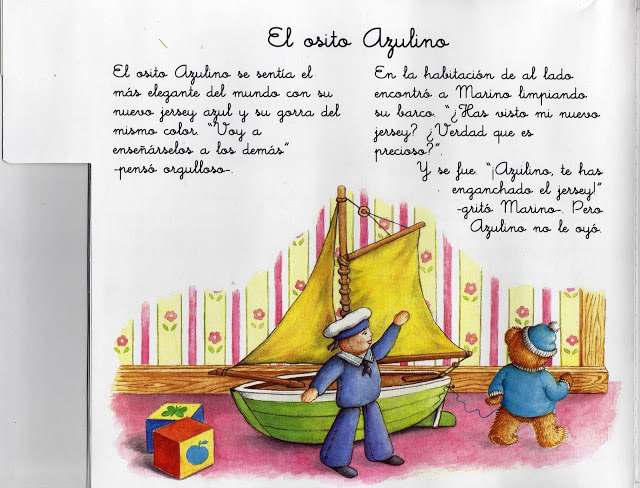
Sigue leyendo El patito feo en inglés
Once when a Lion was asleep a little Mouse began running up and down upon him; this soon wakened the Lion, who placed his huge paw upon him, and opened his big jaws to swallow him.
-Pardon, O King -cried the little Mouse-. Forgive me this time, I shall never forget it: who knows but what I may be able to do you a turn some of these days?
The Lion was so tickled at the idea of the Mouse being able to help him, that he lifted up his paw and let him go.
Some time after the Lion was caught in a trap, and the hunters who desired to carry him alive to the King, tied him to a tree while they went in search of a wagon to carry him on.
Just then the little Mouse happened to pass by, and seeing the sad plight in which the Lion was, went up to him and soon gnawed away the ropes that bound the King of the Beasts.
-Was I not right? -said the little Mouse.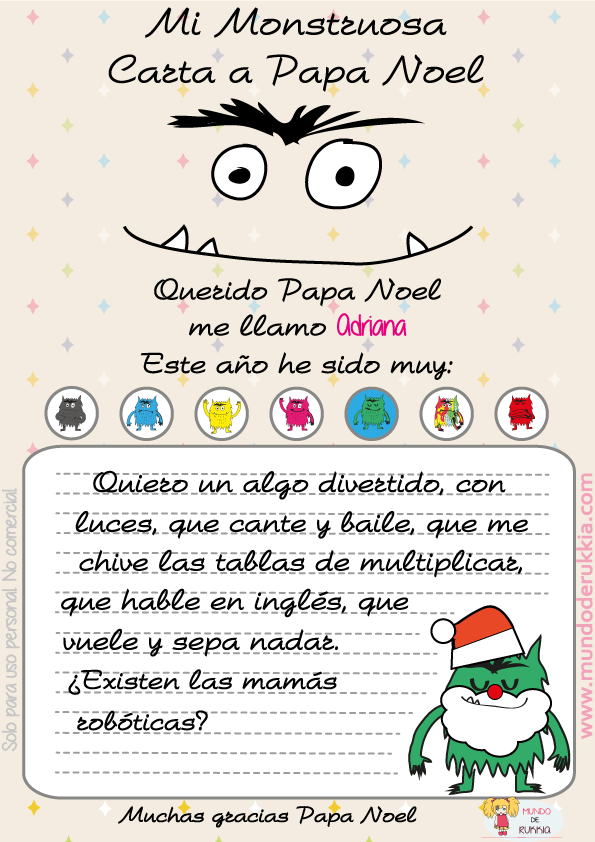
Little friends may prove great friends
The end
One bright morning as the fox was following his sharp nose through the wood in search of a bite to eat, he saw a crow on the limb of a tree overhead. This was by no means the first crow the fox had ever seen. What caught his attention this time and made him stop for a second look, was that the lucky crow held a bit of cheese in his beak.
– No need to search any farther, thought sly master fox. Here is a dainty bite for my breakfast.
Up he trotted to the foot of the tree in which the crow was sitting, and looking up admiringly, he cried:
– Good-morning, beautiful creature!
The crow, his head cocked on one side, watched the fox suspiciously. But he kept his beak tightly closed on the cheese and did not return his greeting.
– What a charming creature he is! said the fox. How his feathers shine! What a beautiful form and what splendid wings! Such a wonderful bird should have a very lovely voice, since everything else about him is so perfect.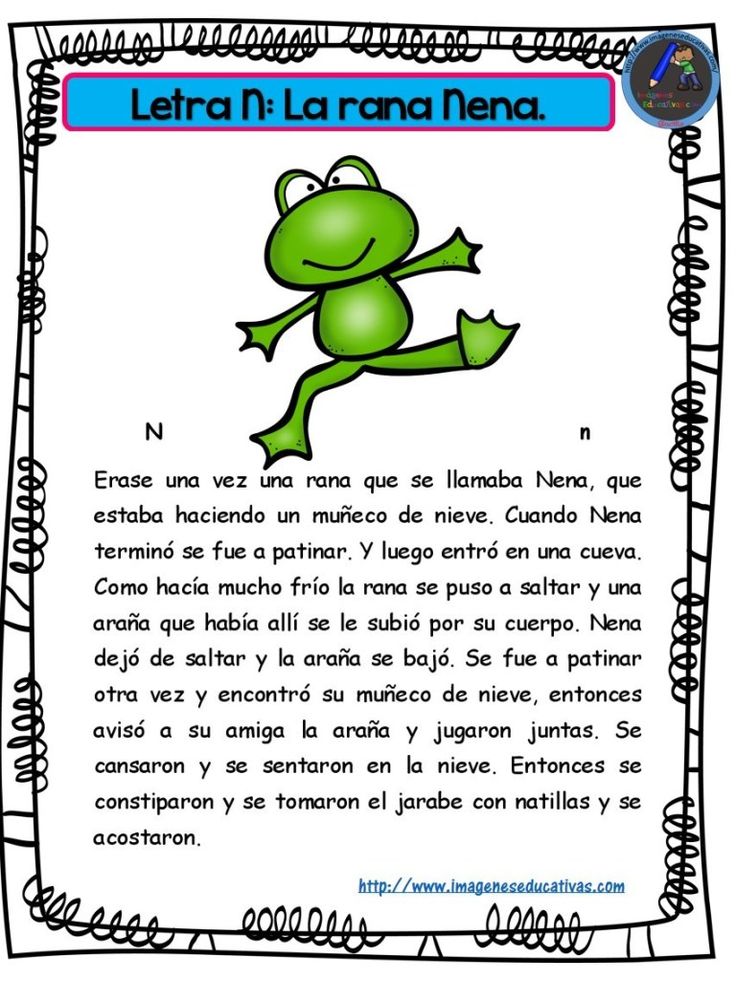 Could he sing just one song, I know I should hail him King of Birds.
Could he sing just one song, I know I should hail him King of Birds.
Listening to these flattering words, the crow forgot all his suspicion, and also his breakfast. He wanted very much to be called King of Birds. So he opened his beak wide to utter his loudest caw, and down fell the cheese straight into the fox’s open mouth.
– Thank you, said master fox sweetly, as he walked off. Though it is cracked, you have a voice sure enough. But where are your wits?
Moral of the fable: do not rely on the praises of others. Do not trust who only exalts you.
In a field one summer´s day a Grasshopper was hopping about, chirping and singing to its heart´s content.
An Ant passed by, bearing along with great toil an ear of corn he was taking to the nest.
– “Why not come and chat with me,” said the Grasshopper, “instead of toiling and moiling in that way?”
-“I am helping to lay up food for the winter,” said the Ant, “and recommend you to do the same.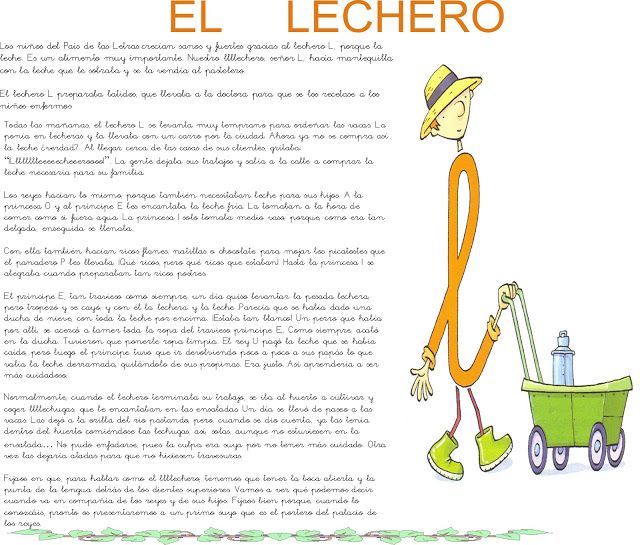 “
“
– “Why bother about winter?” said the Grasshopper; we have got plenty of food at present.”
But the Ant went on its way and continued its toil.
When the winter came the Grasshopper had no food and found itself dying of hunger, while it saw the ants distributing every day corn and grain from the stores they had collected in the summer.
Then the Grasshopper knew: It is best to prepare for the days of necessity.
Lee el cuento de la cigarra y la hormiga en español
A stray Lamb stood drinking early one morning on the bank of a woodland stream. That very same morning a hungry Wolf came by farther up the stream, hunting for something to eat. He soon got his eyes on the Lamb. As a rule Mr. Wolf snapped up such delicious morsels without making any bones about it, but this Lamb looked so very helpless and innocent that the Wolf felt he ought to have some kind of an excuse for taking its life.
– How dare you paddle around in my stream and stir up all the mud! he shouted fiercely.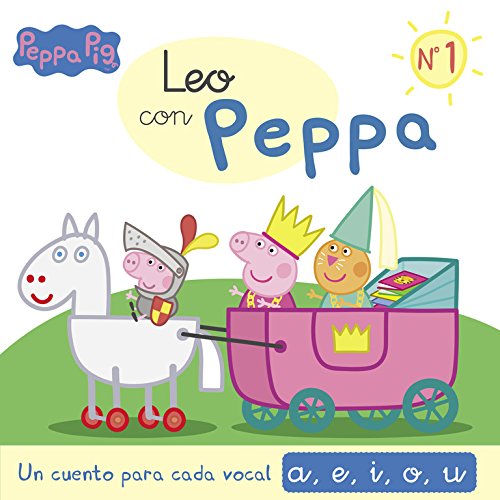 You deserve to be punished severely for your rashness!
You deserve to be punished severely for your rashness!
– But, your highness, replied the trembling Lamb, don’t be angry! I cannot possibly muddy the water you are drinking up there. Remember, you are upstream and I am downstream.
– You do muddy it! retorted the Wolf savagely. And besides, I have heard that you told lies about me last year! How could I have done so? pleaded the Lamb. I wasn’t born until this year.
– If it wasn’t you, it was your brother!
– I have no brothers.
– Well, then, snarled the Wolf, It was someone in your family anyway. But no matter who it was, I do not intend to be talked out of my breakfast.
And without more words the Wolf seized the poor Lamb and carried her off to the forest.
Moral of the fable: The tyrant can always find an excuse for his tyranny and the unjust will not listen to the reasoning of the innocent.
Once upon a time there was a sweet little girl.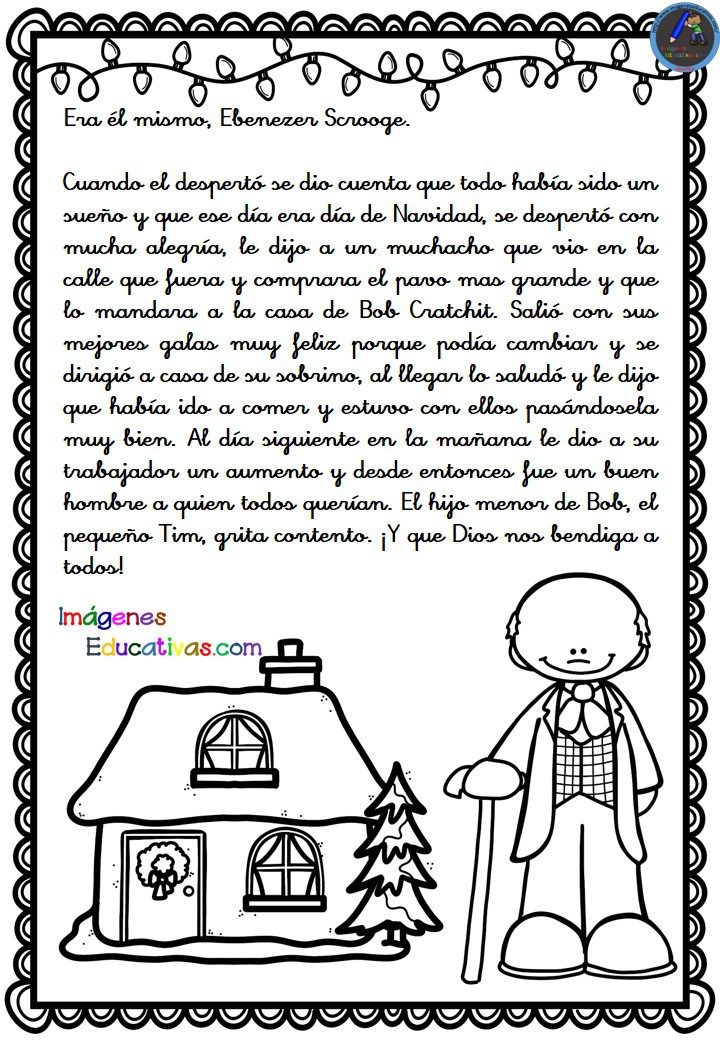 Everyone who saw her liked her, but most of all her grandmother, who did not know what to give the child next.
Everyone who saw her liked her, but most of all her grandmother, who did not know what to give the child next.
Once she gave her a little cap made of red velvet. Because it suited her so well, and she wanted to wear it all the time, she came to be known as Little Red Cap.
One day her mother said to her,
– Come Little Red Cap. Here is a piece of cakeand a bottle of wine. Take them to your grandmother. She is sick and weak, and they will do her well. Mind your manners and give her my greetings.
Behave yourself on the way, and do not leave the path, or you might fall down and break the glass, and then there will be nothing for your sick grandmother.
Little Red Cap promised to obey her mother. The grandmother lived out in the woods, a half hour from the village. When Little Red Cap entered the woods a wolf came up to her. She did not know what a wicked animal he was, and was not afraid of him.
Sigue leyendo el cuento en inglés de Caperucita Roja
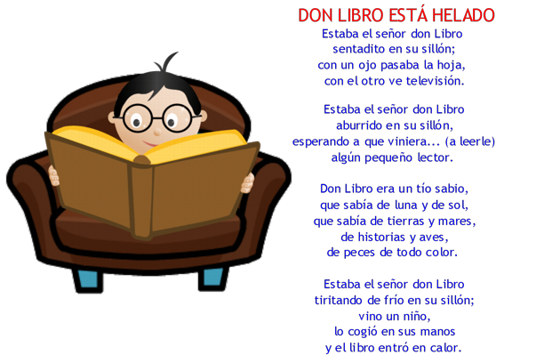 Gingerbread man, cuento navideño en inglés
Gingerbread man, cuento navideño en inglés
An old woman was baking one day, and she made some gingerbread. She had some dough left over,so she made the shape of a little man. She made eyes for him, a nose and a smiling mouth all of currants, and placed more currants down his front to look like buttons.
Then she laid him on a baking tray and put him into the oven to bake.
After a little while, she heard something rattling at the oven door. She opened it and to her surprise out jumped the little gingerbread man she had made. She tried to catch him as he ran across the kitchen, but he slipped past her, calling as he ran:
– “Run, run, as fast as you can, You can´t catch me, I´m the gingerbread man!”
She chased after him into the garden where her husband was digging. He put down his spade and tried to catch him too, but as the gingerbread man sped past him he called over his shoulder:
– “Run, run, as fast as you can, You can´t catch me, I´m the gingerbread man!”
As he ran down the road he passed a cow.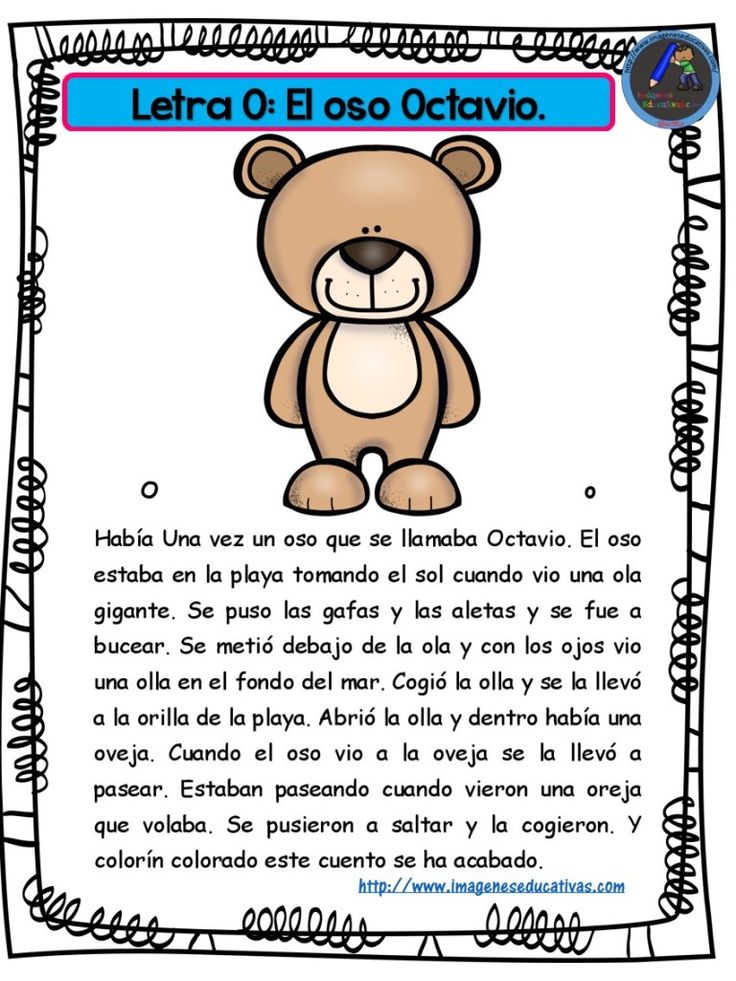 The cow called out,
The cow called out,
– “Stop, gingerbread man! You look good to eat!”
But the gingerbread man laughed and shouted over his shoulder:
– “I´ve run from an old woman And an old man. Run, run, as fast as you can, You can´t catch me, I´m the gingerbread man!”
The cow ran after the old woman and the old man, and soon they all passed a horse.
– “Stop!” called out the horse, “I´d like to eat you.”
“>Sigue leyendo Caperucita Roja en inglés
Una de las primeras preguntas que nos suelen realizar los papás cuando nos consultan por el Summer Camp/Campamento de Verano de Face 2 Face es si los niños necesitan tener un buen nivel de idioma para poder hacer teatro en inglés. Otra, que por qué no tenemos el nivel de inglés –otra vez el nivel– en cuenta a la hora de dividir a los niños en grupos –nosotros dividimos los grupos en función de la representación semanal del musical, para que a lo largo de todo el Summer Camp, los pequeños interpreten, canten y bailen, pero también preparen diálogos, diseñen escenografía y vestuario, etc. , etc.–. Nuestra respuesta es siempre tranquilizadora:
, etc.–. Nuestra respuesta es siempre tranquilizadora:
Olvídate del nivel de inglés al uso: del tuyo y de el del niño
Para la mayoría de los que componemos la compañía teatral Face 2 Face, el inglés es nuestro idioma nativo. Llevamos prácticamente dos décadas representando en España teatro en inglés –más de diez años con el campamento de verano–, trabajamos habitualmente con colegios donde se representan nuestras obras… Y de toda nuestra experiencia hemos sacado varias conclusiones. La primera: hay que olvidarse, o al menos perderle el miedo, al nivel de inglés.
En lugar de por el nivel, pregúntate cuántas horas al día estáis “expuestos” al inglés
Aquí radica el quid de la cuestión. Hay países europeos –Portugal, Holanda o Suecia, por ejemplo– donde los niños son prácticamente bilingües sin asistir a colegios bilingües. Y la clave de su bilingüismo radica única y exclusivamente en que los peques, desde muy bebés, pasan muchas horas expuestos al inglés porque sus series de dibujos animados favoritas se emiten en televisión en versión original (V.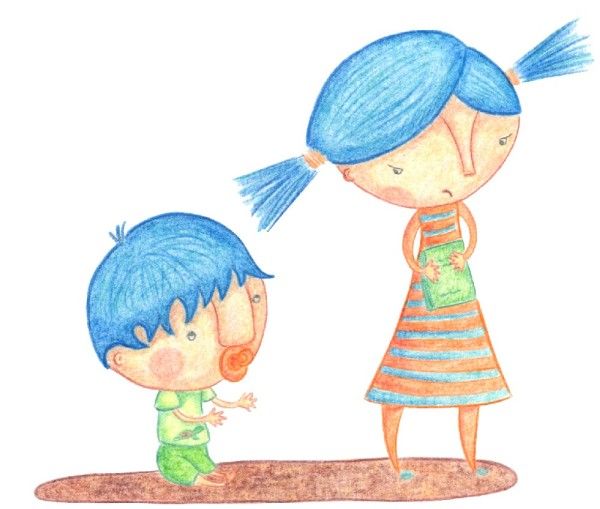 O).
O).
Desde prácticamente recién nacidos estos niños ven horas y horas de series y películas en inglés. Y aunque aparentemente no entiendan nada, van aprendiendo por imitación de sus personajes favoritos, de los que poco a poco copian expresiones, frases con buena estructura gramatical y ¡una pronunciación perfecta!
Lo importante, por tanto, es unir el aprendizaje del inglés a una actividad lúdica que al niño le entusiasme desde bien pequeñito, de manera que empiece a realizar la inmersión lingüística sin ser prácticamente consciente de ello.
Shh… Sabemos que nos vas a contestar: que tú has intentado poner en práctica el ver los dibujos en V.O, pero el niño protesta y pide “en español”. No es solo tu niño, así responde la mayoría, porque el español es el idioma que menos esfuerzo de comprensión le requiere, al escucharlo todo el día. Y así llegamos a la siguiente conclusión: el inglés hay que aprenderlo practicándolo en familia.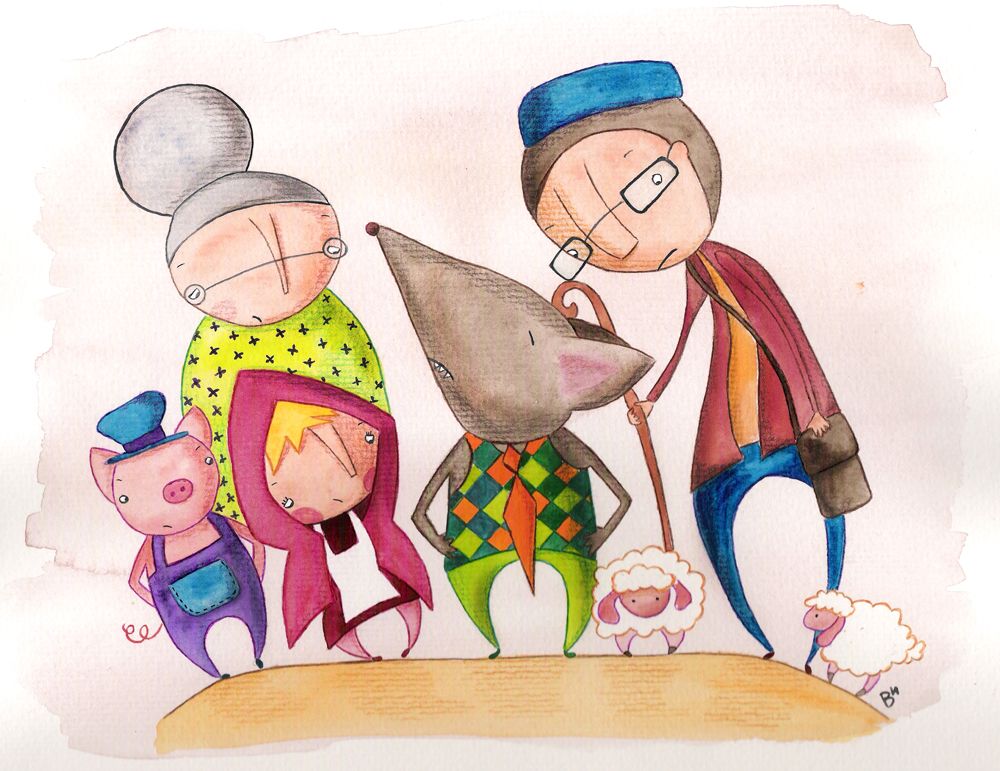
Leer cuentos en inglés: la mejor forma de practicar inglés en familia
Podremos poner la disculpa de no tener tiempo de sentarnos durante hora y media a ver la película favorita de nuestro hijo –y más en V.O.–, pero… ¿Le “racanearías” el cuento de después del baño o de antes de ir a dormir si te proponemos que, a partir de ahora, intentes leérselo en inglés?
No hace falta que recordemos los beneficios de leer cuentos a los niños –potencia el amor por la lectura, aumenta vínculo entre padres e hijos, mejora la atención y amplía el universo de los pequeños…–. Para ellos acaba siendo el momento más especial y mágico del día, la actividad divertida perfecta para lograr esa pequeña inmersión lingüística en familia.
La mayoría de los cuentos infantiles tienen, además, muchas repeticiones y rimas, esa musicalidad que facilita que, incluso, memoricemos lo leído, lo que en inglés se traduce en más vocabulario y mejor expresión gramatical; las historias son fácilmente contextualizables gracias a las maravillosas ilustraciones, de tal forma que el pequeño comprende más fácilmente lo que escucha; en muchos casos representan, aunque de forma absolutamente fantástica, realidades cotidianas, objetos, animales, en resumen, más vocabulario; la historia acaba atrapando completamente al niño, de manera que al estar completamente concentrado, desarrolla antes la habilidad de “conectar” en inglés…
Y no vale la disculpa de que tú no has vuelto a practicar inglés desde que dejaste de estudiar porque, gracias a la tecnología y el mundo digital, eso hoy ya no es un problema.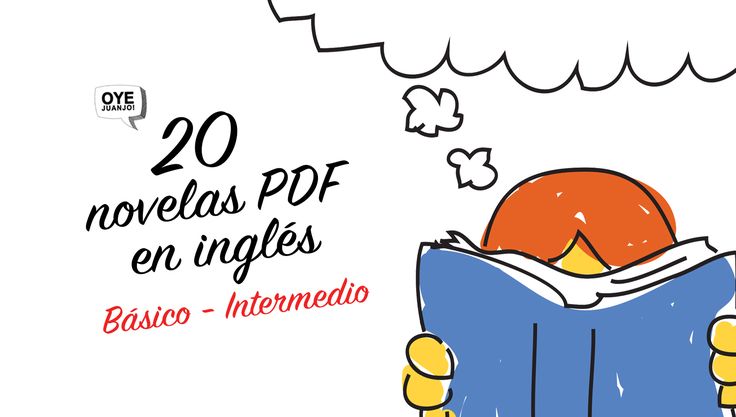
No importa que tú no sepas inglés, usa “read online”
Vamos a recomendarte muchos cuentos en este blog, porque literatura, teatro y música son imposibles de separar. Y al amar tanto al teatro, no podemos dejar de amar también los libros y, más si cabe, los cuentos. Os haremos recomendaciones de textos en inglés clasificados por autores, temáticas o por edad. Así comenzamos hoy, por edad y desde bien pequeñitos, con los 21 mejores cuentos en inglés para niños que aún no saben leer…
…Y papás que no saben inglés. Efectivamente, si no tienes un buen nivel de inglés, en tu caso sí que es importante el nivel, leerle en inglés al niño puede ser incluso perjudicial. Pero la tecnología ha puesto a tu disposición un fantástico aliado: YouTube. En todas nuestras recomendaciones, encontrarás un enlace a un video en el que papás, mamás, abuelos, teacher e, incluso, otros niños, todos ellos en inglés nativo, hacen “read online”, leen en voz alta el cuento seleccionado.
Lo ideal es compaginar video y cuento, siguiendo con el dedo el texto en el cuento y señalando la ilustración a la que corresponde este último. A cambio de disfrutar de lo lindo y aprender o refrescar conocimientos con tu hijo, facilísimo.
Aquí tienes nuestra selección dividida por franjas de edad.
1.- That’s not my monkey…
Fecha de publicación: 2008
Autor: Fiona Watt
Ilustrador: Rachel Wells
Con texto muy sencillo y repetitivo, zonas táctiles e ilustraciones fantásticamente bordeadas con negrita, muy adecuadas para bebés y niños pequeños. Un ratón blanco chiquitín aparece en cada página para que los peques lo descubran.
LEER EN VOZ ALTA
2.-Ten Little Fingers and Ten Little Toes
Fecha de publicación: 2008
Autor: Mem Fox
Ilustrador: Helen Oxenbury
Desde el Ártico al desierto, en cualquier continente, ciudad o tribu, todos los bebés nacen con diez deditos en las manos y otros diez en los pies.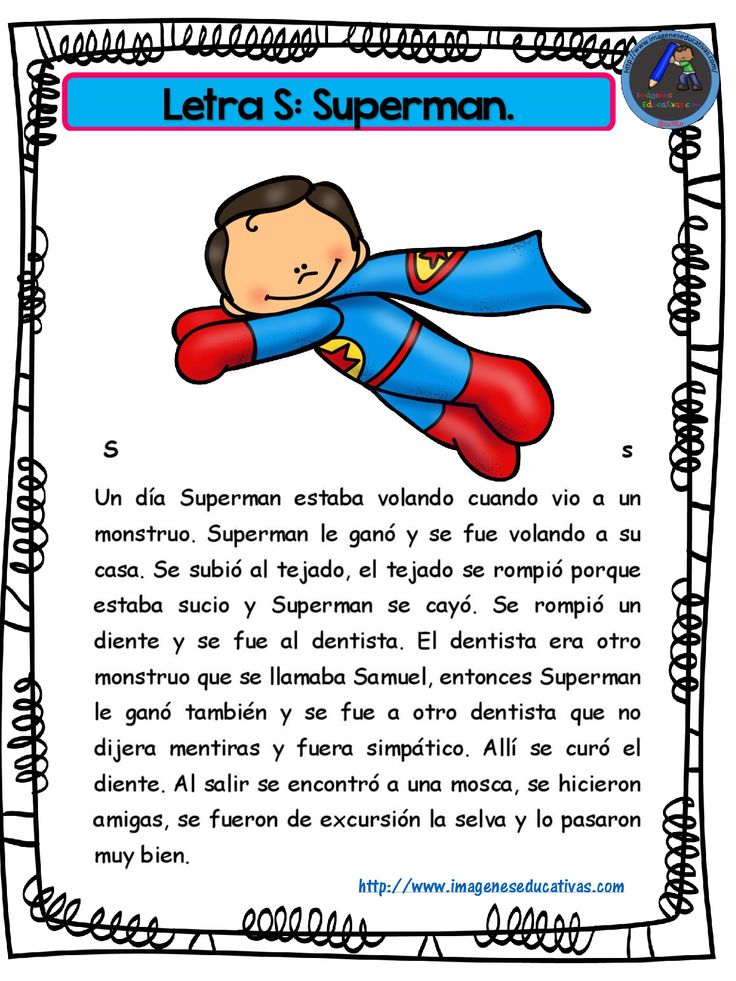 Ternura rimada, repetitiva y acumulativa que da la vuelta al mundo.
Ternura rimada, repetitiva y acumulativa que da la vuelta al mundo.
LEER EN VOZ ALTA
3.-PEEPO!
Fecha de publicación: 1981
Autores e ilustradores: Allan Ahlberg y Janet Ahlberg
Un clásico para los bebés y niños pequeños. Acompaña a un bebé a lo largo del día asomándote a las mirillas/agujeros que van surgiendo a lo largo de las páginas. Un cuento muy original que ha encantado a varias generaciones de pequeños y grandes.
LEER EN VOZ ALTA
4.- Toddle Waddle
Fecha de publicación: 2009
Autor: Julia Donaldson
Ilustrador: Nick Sharratt
Un bebé, un pato y sus amigos dan un paseo hasta el final del muelle. Escuchamos el sonido que hace cada uno cuando se mueve, ideal para que los peques se lo pasen “pipa” imitando y repitiendo los sonidos.
LEER EN VOZ ALTA
5.-Pip and Posy: The Little Puddle
Fecha de publicación: 2011
Autor e ilustrador: Axel Scheffler
En esta aventura de los famosos Pip and Posy, los dos amiguitos van a jugar a casa de Posy. Pip se lo está pasando tan bien, que se olvida de que tiene que ir al baño y, de pronto, aparece un pequeño charquito en el suelo…
Pip se lo está pasando tan bien, que se olvida de que tiene que ir al baño y, de pronto, aparece un pequeño charquito en el suelo…
LEER EN VOZ ALTA
6.- Dear Zoo
Fecha de publicación: 1982
Autor e ilustrador: Rod Campbell
Un clásico en la colección de cuentos de todos los niños del mundo, con el que los peques disfrutan levantando solapas, se sorprenden descubriendo exóticos animales y aprenden repitiendo sonadizos versos.
LEER EN VOZ ALTA
7.- Where´s Spot
Fecha de publicación: 1980
Autor e ilustrador: Eric Hill
Los cuentos de Spot se han convertido en una experiencia esencial en la vida de los niños. En su primera aventura, los peques deben colaborar levantando las solapas y ayudando a buscar a Spot.
LEER EN VOZ ALTA
8.- Maisy goes to preschool
Fecha de publicación: 1992
Autor e ilustrador: Lucy Cousins
Ir al cole para Maisy significa un día repleto de amiguitos y muchas cosas divertidas que hacer: jugar, pintar, comer, leer cuentos… Hasta hacer la siesta es fantástico en el cole.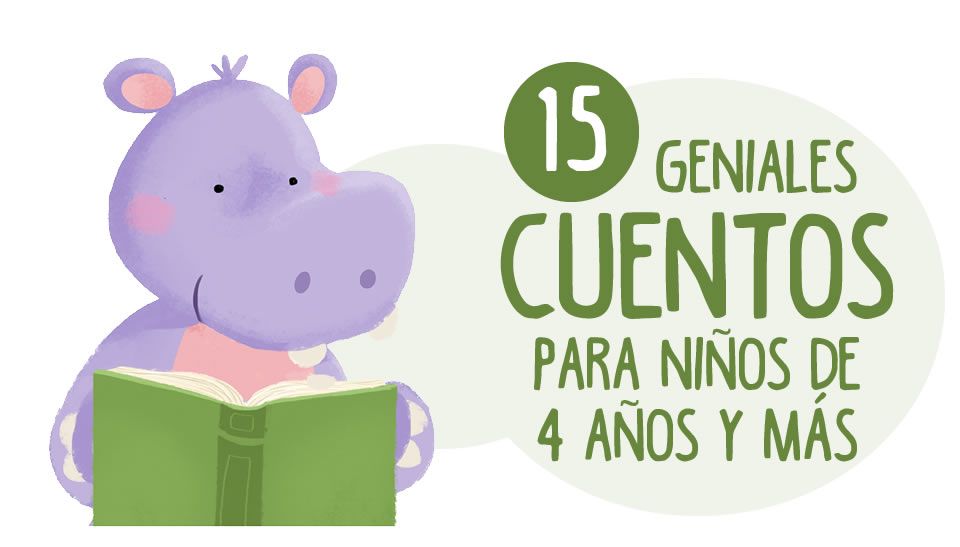 La primera de las muchas aventuras de la ya mítica Maisy.
La primera de las muchas aventuras de la ya mítica Maisy.
LEER EN VOZ ALTA
9.- The Very Hungry Caterpillar
Fecha de publicación: 1969
Autor e ilustrador: Eric Carle
¿Dónde está la pequeña oruga glotona? Abre el cuento, busca y encuentra a esta “zampona” que no puede parar de comer. Un primer cuento para empezar una enorme y larga colección del fantástico Eric Carle.
LEER EN VOZ ALTA
10.- Brown Bear, Brown Bear, What Do You See?
Fecha de publicación: 1967
Autor: Bill Martin
Ilustrador: Eric Carle
Más de cinco millones de ejemplares vendidos de la edición inglesa avalan la capacidad de este maravilloso cuento para despertar la imaginación de varias generaciones de niños. Oso pardo, oso pardo, ¿qué ves?
LEER EN VOZ ALTA
11.- Goodnight Moon/Buenas Noches, Luna
Fecha de publicación: 1947
Autor: Margaret Wise Brown
Ilustrador: Clement Hurd
En una habitación verde, un conejito va dando las buenas noches a todas las cosas que reconoce en su cuarto. Un clásico de la literatura infantil, adorado desde tiempo de los abuelos, ideal para terminar el día.
Un clásico de la literatura infantil, adorado desde tiempo de los abuelos, ideal para terminar el día.
LEER EN VOZ ALTA
12.- Postman Bear (a lift-the-flap book)
Fecha de publicación: 2000
Autor: Julia Donaldson
Ilustrador: Axel Scheffler
Oso ha escrito unas cartas a sus amigos. Para cada uno de ellos, un sobre con una nota. Ve levantando las solapas y acompaña a Oso o, de lo contrario, no descubrirás que prepara y… ¡Te perderás la fiesta!
LEER EN VOZ ALTA
13.- Shh! We have a plan
Fecha de publicación: 2014
Autor e ilustrador: Chris Haungton
Divertidísimo cuento en el que unos amigos tienen un plan para atrapar a un pajarito. ¿O no es tan bueno el plan? Para descubrirlo tendrás que ir pasando páginas. Porque el único que sabe si el plan es bueno o no es el más pequeño del grupo.
LEER EN VOZ ALTA
14.- Press Here
Fecha de publicación: 2010
Autor e ilustrador: Hervé Tullet
Al abrir este cuento solo se ve un círculo amarillo.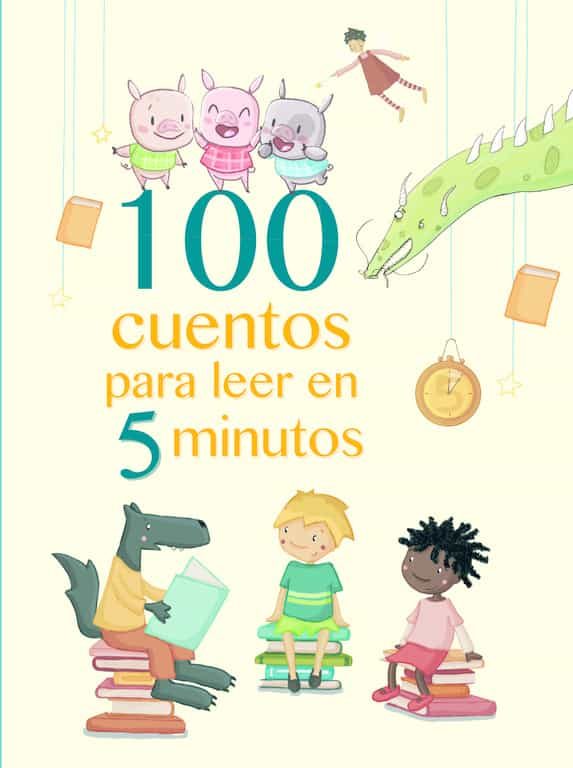 Hay que tocarlo para que empiece la magia: círculos rojos, amarillos, azules… ¿Pero qué es esto? Hasta ahora, un cuento no había logrado jugar tan sorprendentemente con su lector.
Hay que tocarlo para que empiece la magia: círculos rojos, amarillos, azules… ¿Pero qué es esto? Hasta ahora, un cuento no había logrado jugar tan sorprendentemente con su lector.
LEER EN VOZ ALTA
15.- The Tiger Who Came to Tea
Fecha de publicación: 1968
Autor e ilustrador: Judith Kerr
Discúlpeme, estoy hambriento. ¿Podría tomar el té con ustedes? Unos de los cuentos más populares, valorados y vendidos de las últimas décadas; un clásico absolutamente contemporáneo, ideal para leer en voz alta con los peques.
LEER EN VOZ ALTA
16.- The Bedtime Bear (a pop up book)
Fecha de publicación: 1996
Autor: Ian Whybrow
Ilustrador: Axel Scheffler
Tom no tiene intención de dormir sin su oso, pero a este último aún le queda camino por recorrer hasta lograr reunirse con su amiguito. Fantástico cuento para leer y para descubrir abriendo pestañas, girando ruedas…
LEE EN VOZ ALTA
17.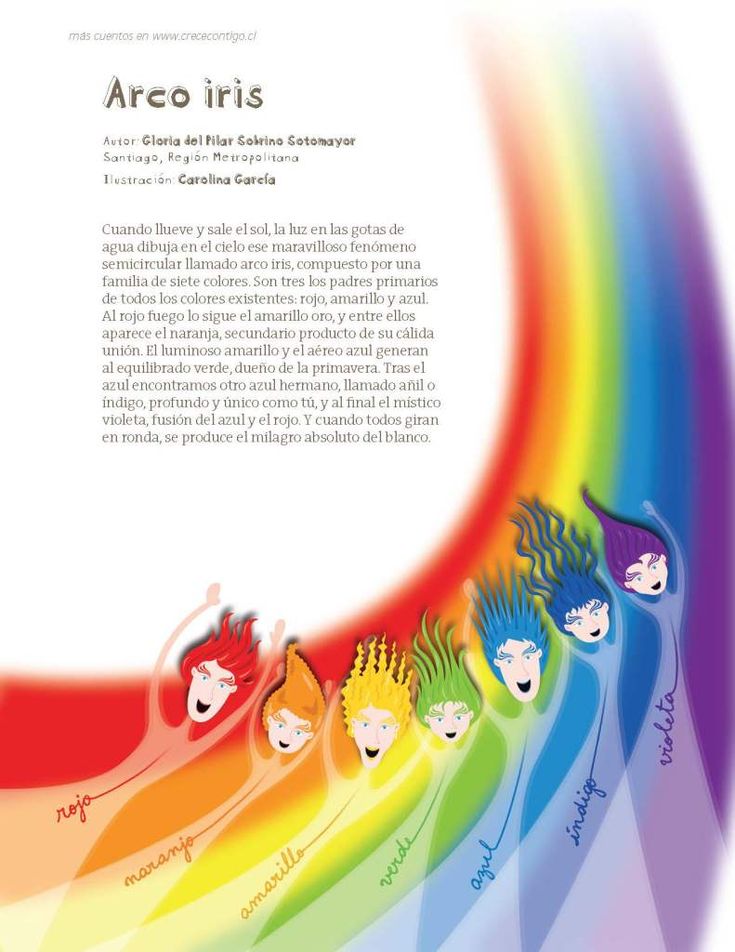 – I Want My Hat Back
– I Want My Hat Back
Fecha de publicación: 2011
Autor e ilustrador: Jon Klassen
Oso busca su sombrero, así que pacientemente va preguntando si lo han visto a otros animales. Un delicioso cuento con fantásticas rimas y unas irónicas ilustraciones que han catapultado a la fama a su autor, tras el éxito entre peques y grandes.
LEER EN VOZ ALTA
18.- The Cat in the Hat
Fecha de publicación: 1957
Autor: Dr. Seuss
Pobres Dick y Sally, están atrapados en casa sin nada que hacer hasta que… ¡Aparece el gato con sombrero transformando un día aburrido en una aventura disparatada! Dr. Seuss dio una vuelta de tuerca a los cuentos infantiles y a la forma de leer.
LEER EN VOZ ALTA
19.- Jack and the Flumflum Tree
Fecha de publicación: 2011
Autor: Julia Donaldson
Ilustrador: David Roberts
La abuela de Jack está enferma y solo puede curarse con el fruto del fantástico árbol de flumflum… Otra irresistible historia de Julia Donaldson, perfecta para leer a los pequeños aventureros de la casa.